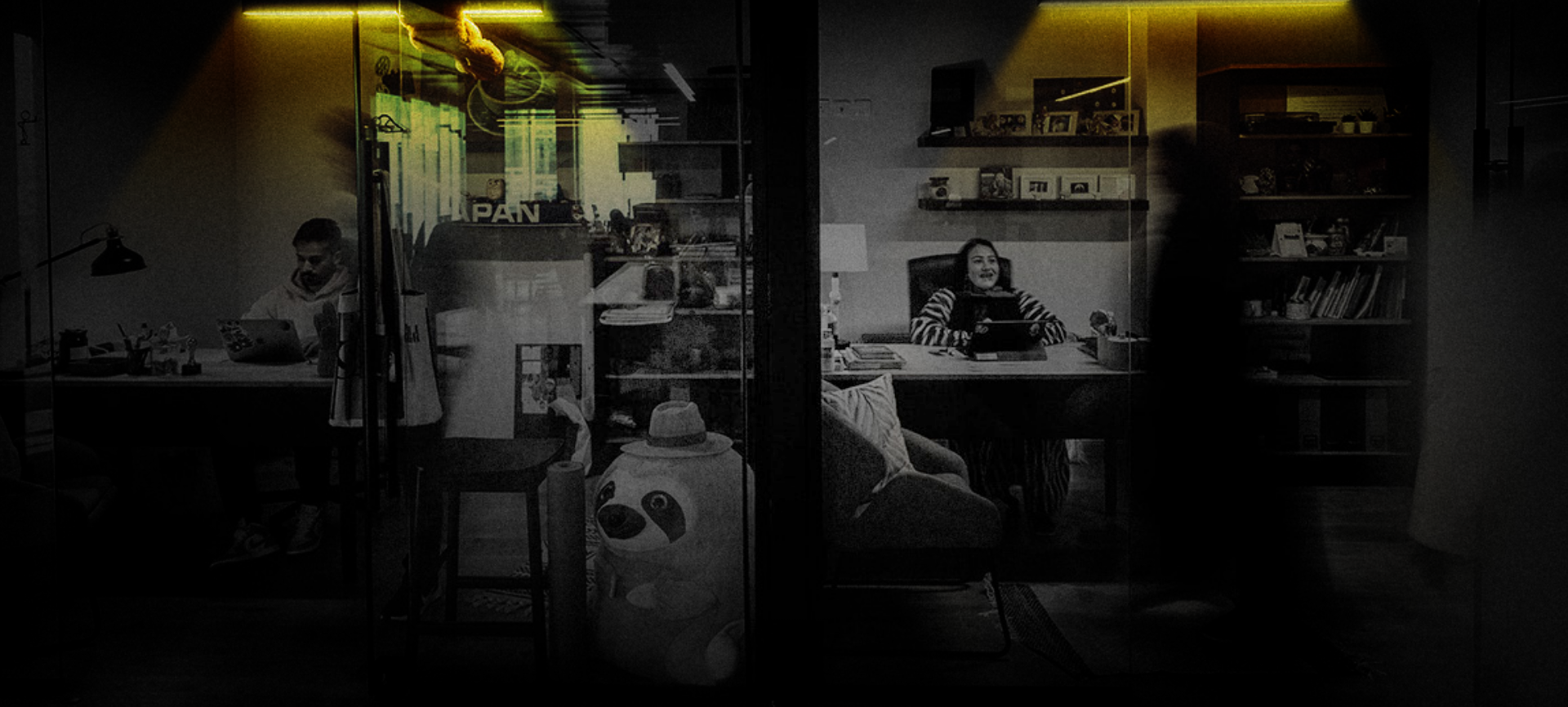How Does Logo Design Support Brand Growth and Development?
In a world crowded with brands and increasing activities every day, companies need to create a unique logo that makes an impression from the first moment and stands out among the many logos present in the market.
Essential Components for Designing a Memorable Logo:
- Colors that reflect the nature of the company’s activity and convey its message.
- Clear and easily readable typography.
- Fonts.
- Shape.
- Negative space, which is the space between design elements.
- Graphics and icons.
- Layout or shape.
Fundamentals to Consider When Designing a Logo:
Before starting to design a logo for a brand, the designer should review the brand’s strategy, goals, message, features, and any information that deepens their understanding of the brand to create a logo that accurately represents it.
Design Simplicity:
The simplicity of the logo design, with few elements and attention to the spacing between them, helps imprint it in the minds of customers and makes it easy to use in different sizes without affecting its dimensions or quality.
Ease of Recall:
When designing a logo, it should be easy to remember by featuring a unique color or using an element that is rare in other brand designs. To achieve this:
- Use a limited number of colors, preferably not exceeding 4.
- Ensure the logo design is distinctive and does not resemble other brands.
- Create a memorable slogan and attach it to the logo.
- Ensure the logo is clear for easy memorization and recall.
Originality of the Logo:
Reviewing distinctive logos of other brands before designing a logo helps in inspiration, avoiding mistakes, and understanding similarities among brands to create a unique logo that embodies the brand and distinguishes it from competitors.
Timeless Design:
The logo should not only be suitable for the present but also fit future times. Therefore, it should be designed in a way that it retains its distinctiveness and can be updated with very minimal changes.
Balance of Elements:
The elements of the logo should be balanced, harmonious, visually pleasing, and beautiful. This can be achieved by following principles such as the golden ratio the rule of thirds, or other successful design rules.
Integration of Elements:
The harmony of logo elements should present it as a unified shape that cannot be separated or used in parts.
Flexibility of Use:
The logo will be used on different surfaces and in various sizes; therefore, it should be flexible and adaptable to scaling and use on both white and black backgrounds.
The Importance of Logo Design for Brands:
- It attracts customers and remains memorable as the first thing they notice, influencing their decision to approach and learn more or to stay away and ignore.
- It saves time in conveying the project’s goals and simply explains its strategy, removing the burden of researching and understanding the project’s goals and strategies for customers.
- It provides the brand with its identity and makes it easier for customers to recognize.
- It presents the project professionally and demonstrates the attention and effort invested in presenting the brand appropriately.
- It contributes to brand marketing by disseminating the design across various media in different sizes and forms.
- It supports the growth and development of the brand’s reputation and increases customer trust in it.


